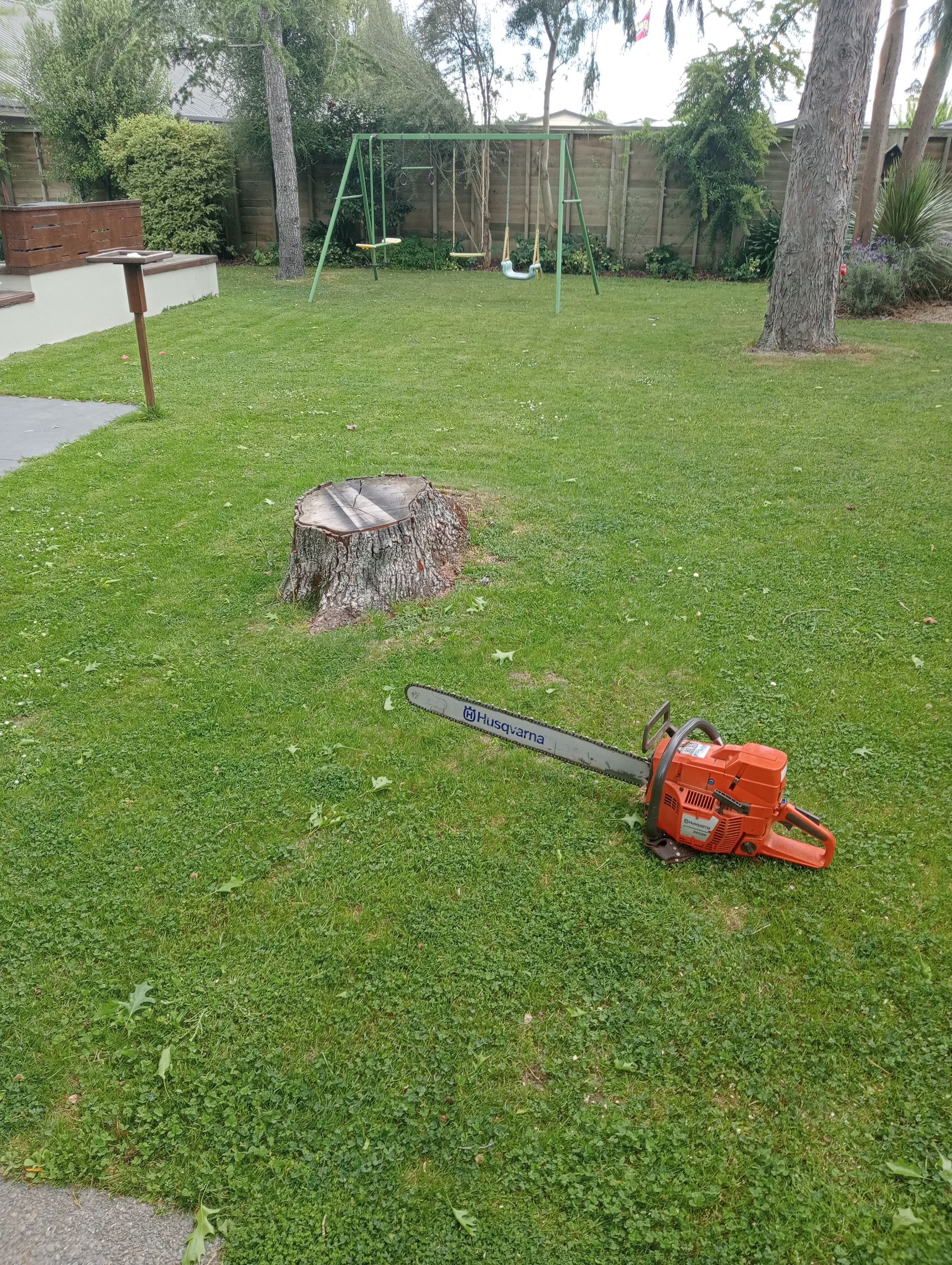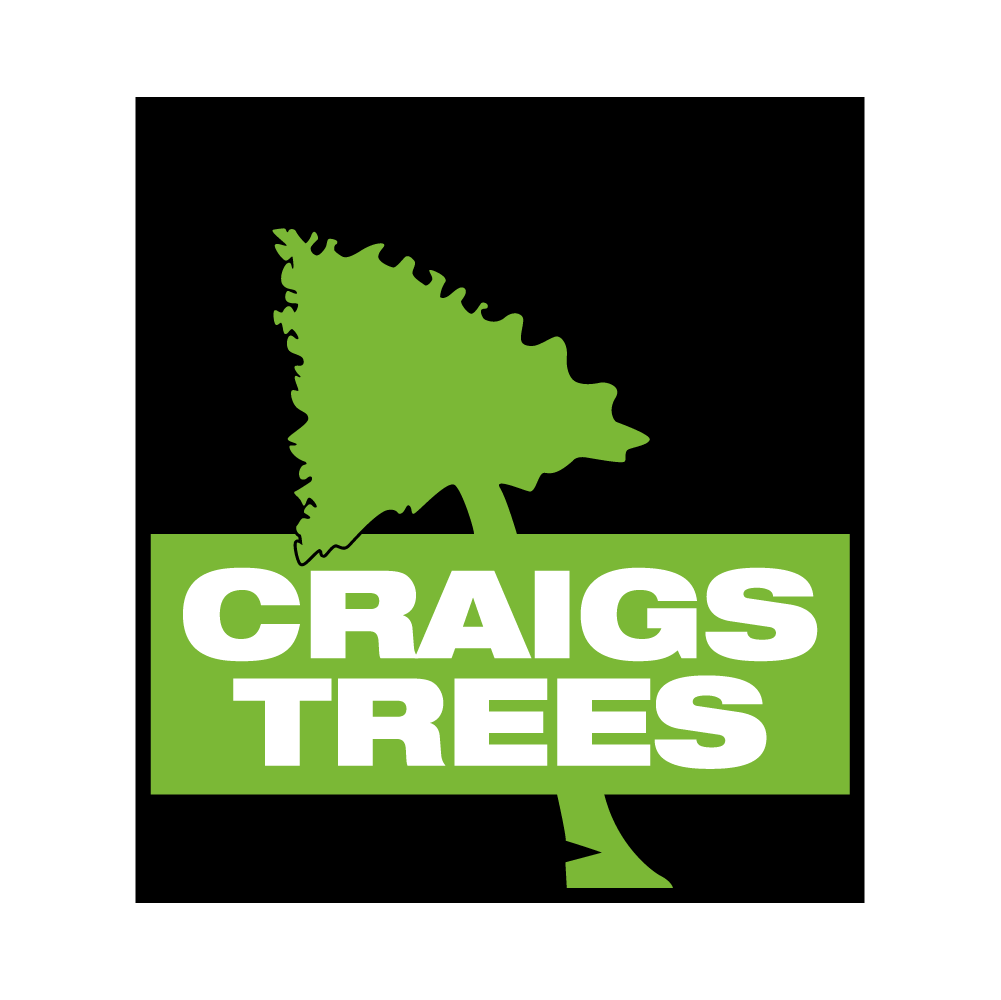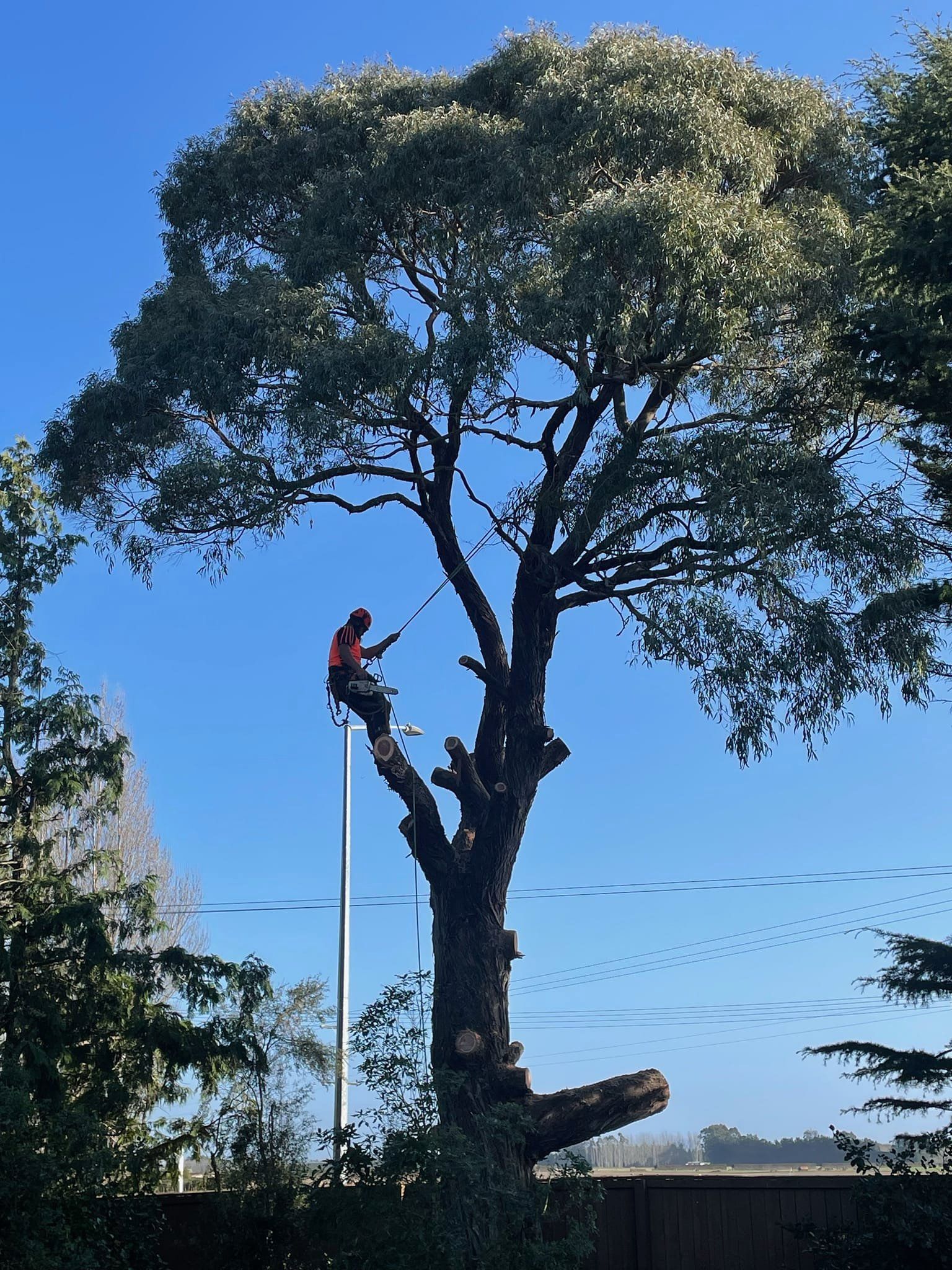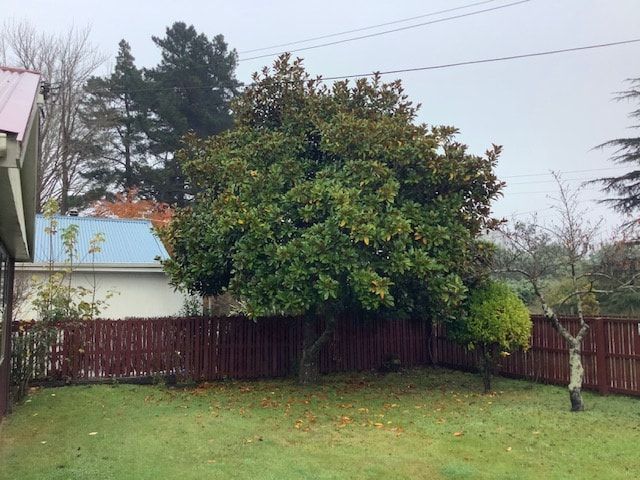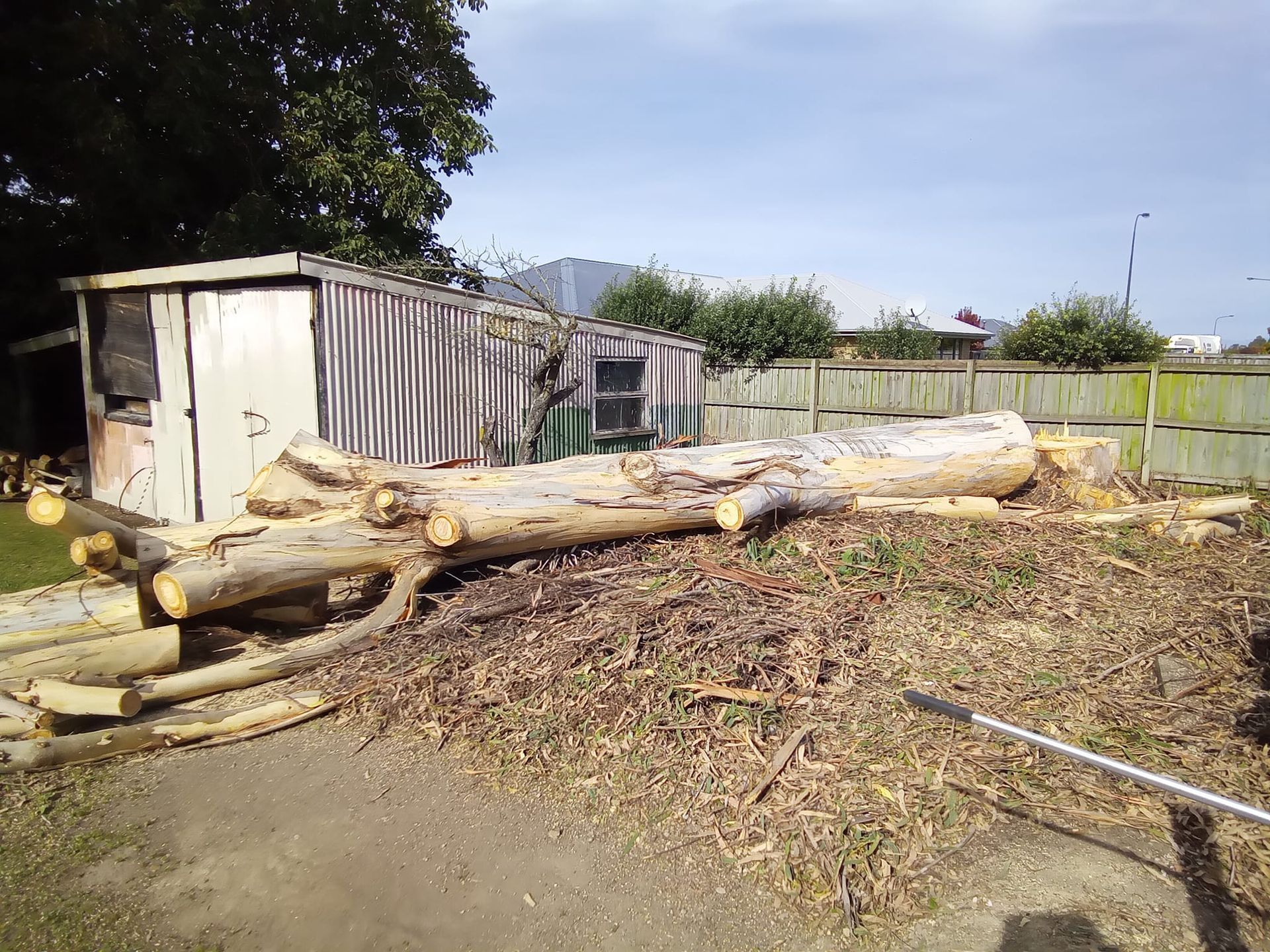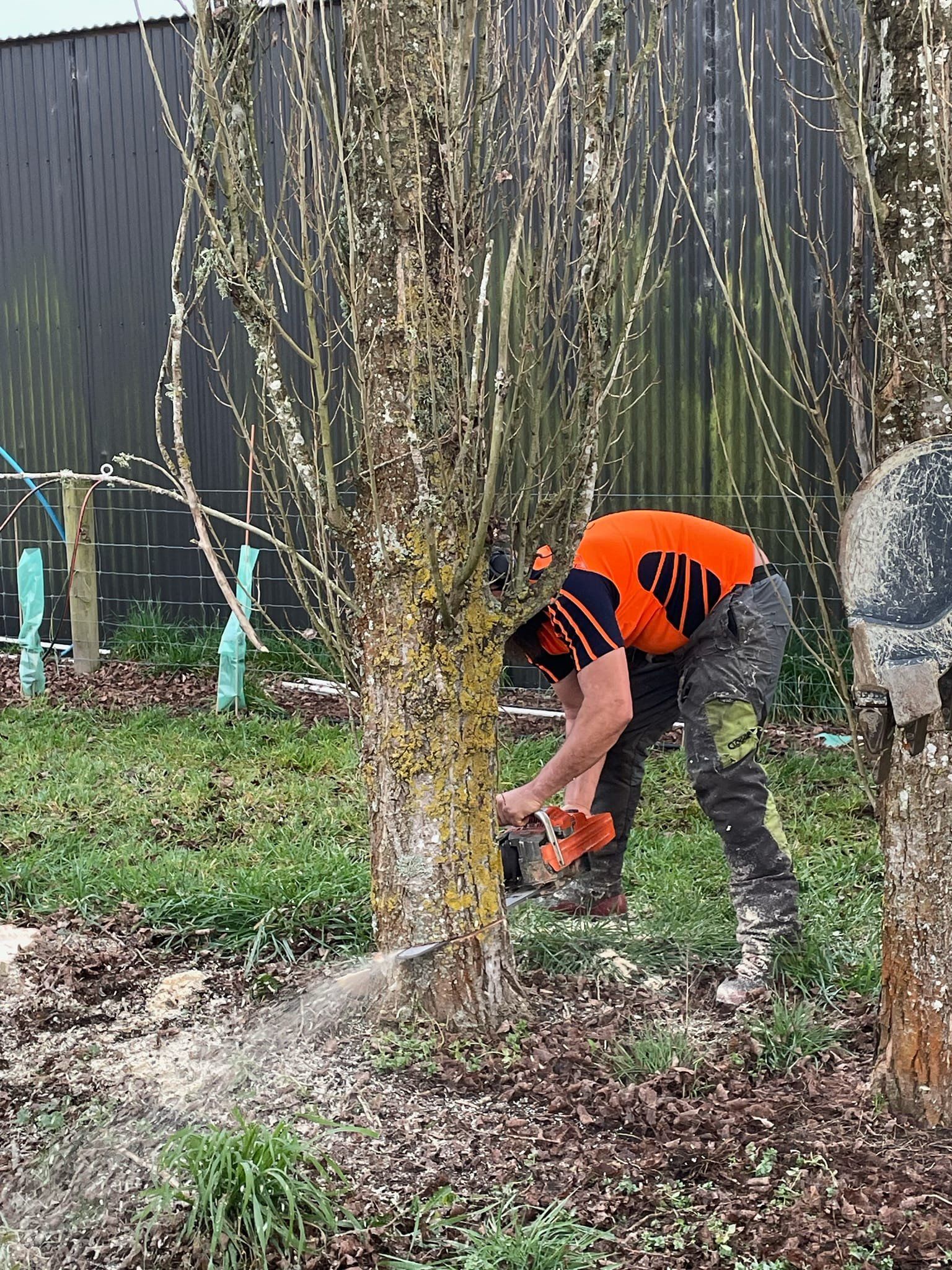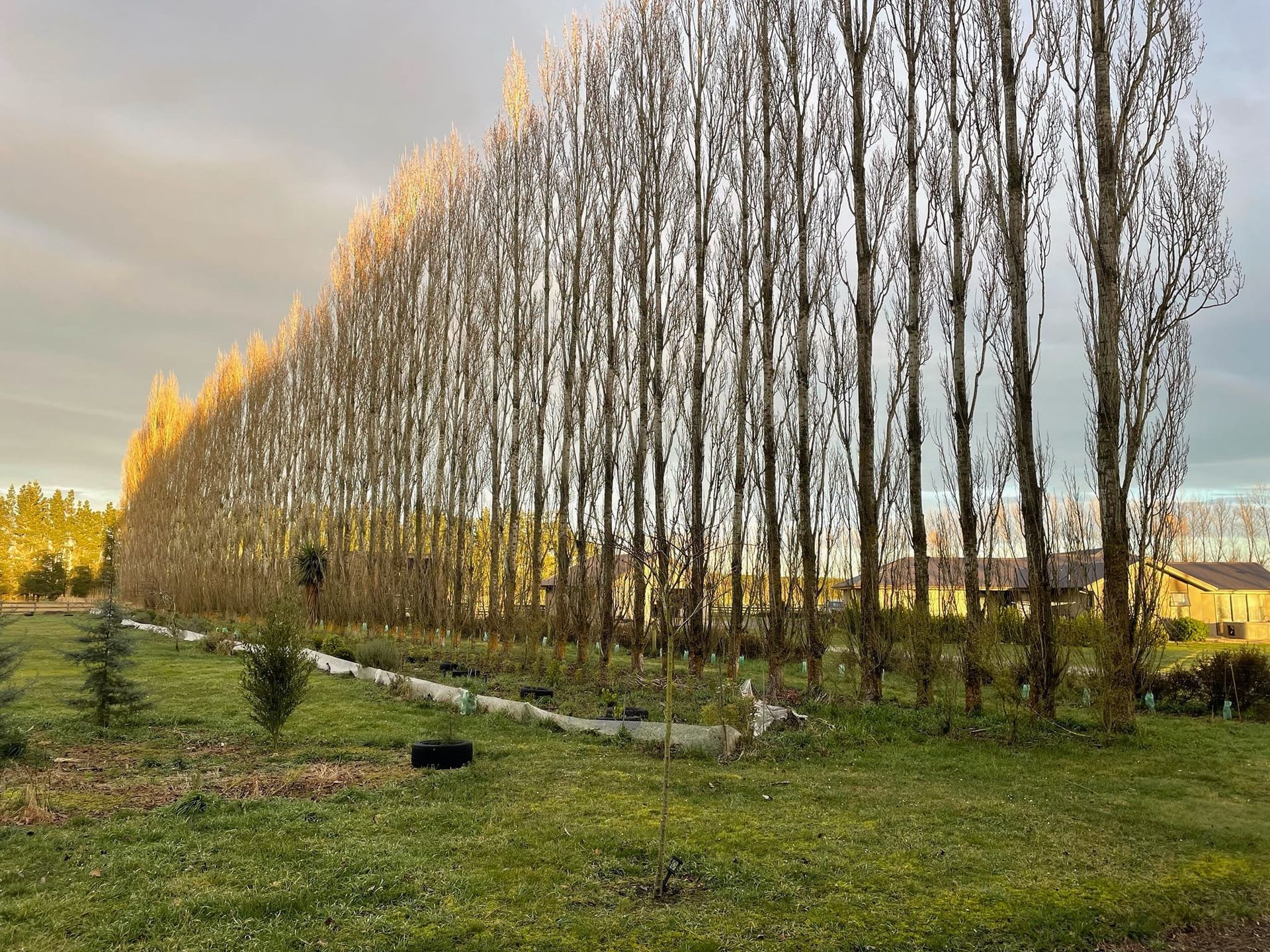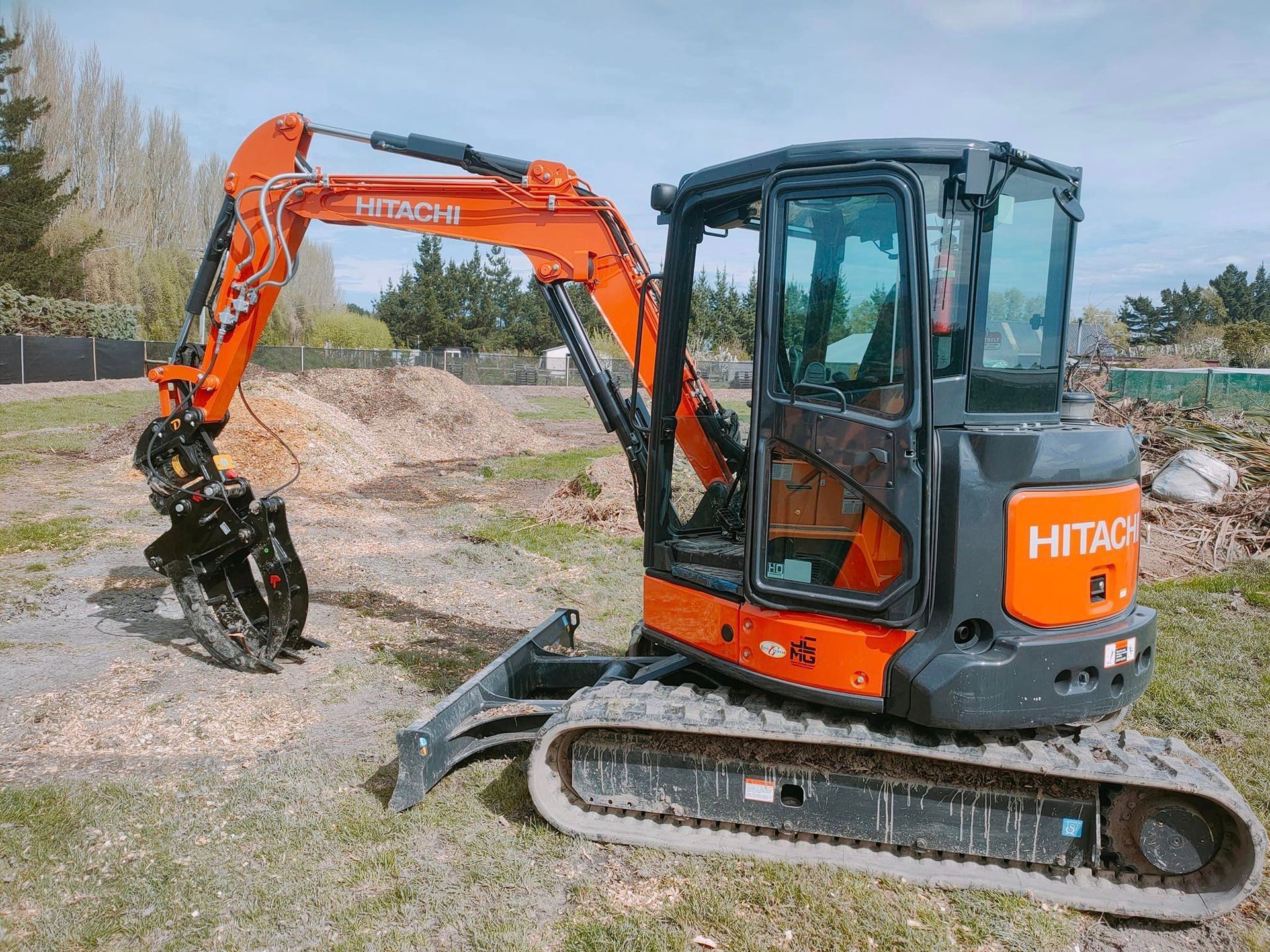Stump Grinding In Christchurch
Understanding the Basics of Tree Removal
Trees are not only vital for the environment but also enhance the beauty of our landscapes. However, there are situations where the removal of a tree becomes necessary.
Whether it's due to safety concerns, landscape redesign, or other factors, the process of removing a tree involves various considerations. In this guide, we'll delve into the intricacies of tree removal, exploring key aspects such as costs, techniques, and the importance of professional expertise.
Remove Tree - A Prudent Decision for Safety and Aesthetics The Importance of Professional Expertise
When considering landscape changes or ensuring safety, opting to remove a tree is a crucial decision. Professional tree removal services offer expertise in evaluating factors like the tree's health and potential risks. Through meticulous tree removal, arborists employ advanced techniques, such as strategic tree felling, to guarantee a controlled descent.
Whether it's a matter of eliminating hazards, enhancing your property, or adhering to local regulations, the process of tree removal ensures the successful and responsible elimination of a tree. Trusting in experienced professionals guarantees the safe and efficient removal of a tree while preserving the integrity of your landscape.
Tree removal is a complex task that demands specialised knowledge and skills. Professional arborists, like those in Christchurch Arborist Services, bring both modern equipment and years of experience to ensure the safe and efficient removal of trees.
Their expertise goes beyond simply cutting down a tree; it involves a comprehensive understanding of tree health, potential risks, and the environmental impact of removal.
Safety Precautions and Specialised Equipment
Safety is paramount in any tree removal project. Arborists employ specialised equipment, including cherry pickers and heavy machinery, to navigate challenges such as power lines and ensure a controlled removal process.
Additionally, stringent safety precautions are taken to protect both the team and the surrounding property. These precautions include assessing the tree's health, identifying dead branches, and considering the impact on nearby structures.
Factors Affecting Tree Removal Services Costs
Understanding the costs associated with tree removal is crucial for homeowners planning such projects. Several factors influence tree removal costs, including the tree's size, location, and the presence of other structures.
Big trees, in particular, may require extra precautions and heavy equipment, contributing to a higher overall cost. Arborists carefully assess these factors to provide an accurate estimate for the removal job.
Tree Removal Cost Calculator in NZ
Calculating the cost of tree removal in New Zealand involves a combination of various factors. Modern equipment, the complexity of the job, and the size of the tree all play a role.
Check out are online Tree Removal calculator on our website. Click Here just input the size of your tree for your estimate.
Professional arborists use advanced tools and techniques to provide a detailed estimate tailored to the specific requirements of each project. Homeowners can request a free quote to better understand the potential costs associated with removing a tree.
Tree Removal FAQs Section
How much does it cost to cut down a tree in NZ?
The cost of cutting down a tree in New Zealand varies based on factors such as size, location, and complexity. On average, homeowners can expect to pay between $300 and $2,000 for tree removal, with larger trees and challenging conditions at the higher end of the scale.
How do you remove a tree yourself?
While removing a tree yourself is possible for small trees, it's crucial to prioritize safety. Use proper safety gear, assess the tree's lean, and make strategic cuts.
If the tree is large or near structures, it's advisable to hire professional arborists to ensure a safe and efficient removal process.
How much does it cost to remove a tree in Christchurch?
Tree removal costs in Christchurch are influenced by factors like tree size, location, and the complexity of the job. On average, residents can expect to pay between $400 and $2,500 for tree removal services in the Christchurch area.
Check out our Tree Removal Calculator on our website to give you a better idea of the cost.
How do I remove a tree in Christchurch Council?
Removing a tree in Christchurch Council requires obtaining the necessary permits. Homeowners should contact the council for guidance and adhere to their regulations.
Hiring a professional arborist familiar with Christchurch guidelines is recommended to ensure a smooth and compliant removal process.
How much does stump removal cost NZ?
Stump grinding costs in New Zealand typically range from $100 to $500 per stump. The price depends on factors such as the stump's size, location, and accessibility.
Check out are online Stump Removal calculator on our website. Click Here just input the size of your tree for your estimate.
Homeowners can opt for stump removal as a cost-effective solution for removing tree stumps from their property.
How much does it cost to cut off the bottom of a tree?
The cost to cut off the bottom of a tree, also known as tree trimming, varies based on the tree's size and complexity. On average, homeowners can expect to pay between $100 and $500 for this service.
For precise estimates, it's recommended to consult with professional arborists who can assess the specific needs of the tree.
How much do arborists charge per hour in NZ?
Arborists in New Zealand charge hourly rates that typically range from $50 to $150. The exact rate depends on factors such as the arborist's experience, the complexity of the job, and the equipment required.
Homeowners should request quotes from reputable arborists to get a clear understanding of the hourly charges for their specific project.
Should I seal a tree wound?
The practice of sealing tree wounds has evolved, and current arboricultural recommendations discourage it. Research indicates that trees have a natural ability to compartmentalise and heal wounds without the need for sealants.
In fact, sealing wounds can trap moisture and create a favourable environment for diseases. Arborists typically advise allowing the tree to heal naturally and monitoring its health for any signs of issues.
What is the tree law in New Zealand?
The tree law in New Zealand is primarily governed by local councils. Regulations vary between regions, but in general, cutting down or pruning a tree may require permission.
Homeowners should check with their local council to understand specific guidelines and obtain any necessary permits before proceeding with tree removal. Failure to comply with tree regulations can result in fines or legal consequences.
Is it illegal to cut down pohutukawa?
The pohutukawa tree is protected in some regions of New Zealand due to its cultural significance and ecological importance. Cutting down a pohutukawa without proper authorisation may be illegal and can result in fines.
Homeowners planning to remove or prune a pohutukawa should check with their local council and obtain the necessary permits to ensure compliance with regulations.
How do you cut down a tree by yourself?
Cutting down a tree yourself requires careful planning and adherence to safety protocols. Start by assessing the tree's lean and identifying a safe felling direction. Use proper safety gear, including a helmet, eye protection, and chainsaw safety chaps.
Make strategic cuts, including a notch cut on the side facing the intended fall direction. It's advisable to have a clear escape route and, for larger trees, seek assistance from professionals.
If uncertain or uncomfortable, hiring an arborist is the safest option.
What is the most efficient way to cut a tree?
The most efficient way to cut a tree involves a strategic approach. Arborists use a systematic method, starting with a notch cut on the side facing the intended fall direction. A horizontal back cut is then made on the opposite side, creating a hinge that guides the tree's fall.
The efficiency of the process depends on the arborist's skill, the tree's size, and the surrounding environment. Professionals use specialized equipment and techniques to ensure controlled and safe tree removal.
How do you cut a tree so it falls in one direction?
To ensure a tree falls in a specific direction, arborists use strategic cutting techniques. This involves creating a notch cut on the side facing the intended fall direction, known as the directional notch.
The opposite side is then cut horizontally to form a hinge that guides the tree's fall. The angle and precision of these cuts are crucial to controlling the tree's descent.
Additionally, factors such as wind direction and the tree's natural lean are considered to achieve a safe and controlled fall.
What tool do you need to cut down a tree?
Cutting down a tree requires the use of specialised tools, with the chainsaw being the primary tool for most arborists. The chainsaw is versatile and can make precise cuts, including notch cuts and back cuts.
Depending on the tree's size and complexity, arborists may also use other tools such as handsaws, pole saws, and pruning shears. Safety gear, including helmets, eye protection, and chainsaw safety chaps, is essential when using these tools.
What is it called when you cut down a tree?
The process of cutting down a tree is commonly referred to as tree removal or tree felling. Arborists carefully plan and execute this process to ensure the safe and controlled descent of the tree.
The term "felling" specifically denotes the action of cutting down a tree, emphasising the precision and skill required to guide the tree's fall in a predetermined direction.
What is the most effective way to cut down a tree?
The most effective way to cut down a tree involves a systematic approach. Arborists begin with a notch cut on the side facing the intended fall direction, creating a directional notch.
A horizontal backcut is then made on the opposite side, forming a hinge that guides the tree's fall. The precision of these cuts, along with factors like the tree's size and surrounding environment, determines the effectiveness of the process.
Professional arborists use their expertise, specialised equipment, and safety protocols to ensure efficient and controlled tree removal.
